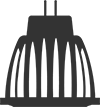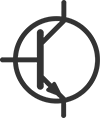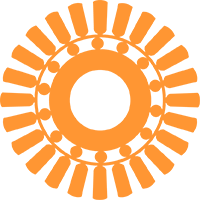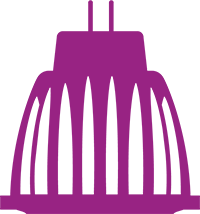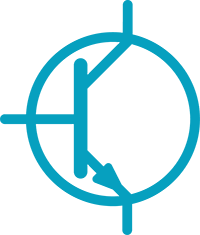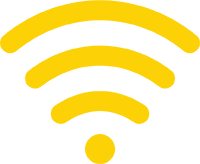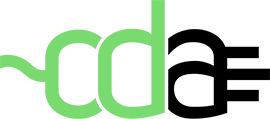The governments of the IEA 4E SSL Annex member countries have published seven new and updated so-called quality and performance tiers for seven different LED lamps and luminaires: (1) Non-directional Lamps; (2) Directional Lamps; (3) Downlight Luminaires; (4) Linear LED Lamps Replacing Fluorescent Tubes; (5) Outdoor Lighting (Street Lighting); (6) High/Low Bay LED Luminaires; and (7) Planar Luminaires.
These recommendations are developed by the SSL Annex member governments’ experts and have undergone public review. The IEA 4E hopes to bring some harmonisation to the market since experience has shown that governments and programme managers often act independently and “invent the wheel again”, creating a patchwork of regulations around the world that is both expensive and onerous for manufacturers. In addition, many lighting programmes often develop their own specifications at high costs. By providing these recommended quality and performance tiers it is hoped that governments and programme managers can more quickly develop programme specifications at lower costs.
Australian and New Zealand are a good example of these harmonisation efforts. The proposed LED product regulations for this region have just been published and the proposed standards largely draw upon the IEA 4E performance tiers for the proposed performance levels.
“The performance tiers are one important activity that we carry out in the IEA 4E SSL Annex” said Peter Bennich, chairman of the SSL Annex government management committee. “In the Annex, we focus on issues and topics that regularly are of concern for governments, and provide data and guidance to help policy makers make informed choices”.
Lighting accounts for some 15% of global electricity consumption. The International Energy Agency’s Energy Efficient End-use Equipment (IEA 4E) implementing agreement have identified solid state lighting (SSL) technologies as having the potential to cut global lighting electricity consumption by 30%. While SSL technologies promise high performance, the recent experience with compact fluorescent lamps has demonstrated the need to prevent unwarranted performance claims, which can seriously damage consumer confidence and slow down market acceptance of this emerging energy-saving technology.
Twenty technical experts from the SSL Annex’s eight member countries: Australia, Denmark, France, Korea, Sweden, United Kingdom, and United States of America and expert member country China have worked together to develop these performance tiers for LED-based lighting – including both lamps and luminaires. Several performance tier levels were set to address the various priorities and needs from each country or region. This approach is expected to help participating governments to define globally consistent requirements for programmes to promote market adoption of SSL products, as well as being useful for governments planning to adopt national energy policies and regulations covering SSL technologies.
The SSL Annex is continuing to monitor the market and the appropriateness of these published tier levels, and fully expects that further revisions will be made in the future as SSL technology advances. The Annex appreciates your interest in this process and welcomes any suggestions or thoughts you may have on these tiers.
(click here for a PDF copy of the above press release)

























